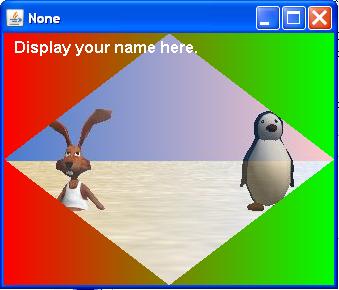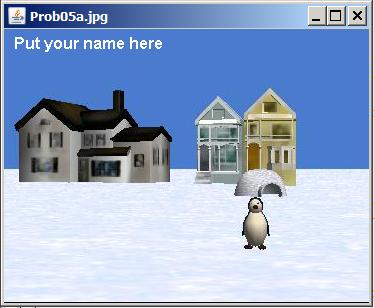| << Chapter < Page | Chapter >> Page > |
True or False? The Java documentation describes the general behavior that must be exhibited by each of the methods belonging to an object instantiated from a class that implements the Collection interface. This is sometimes referred to as a contract .
True or False? If you define a class that implements the Collection interface in a manner consistent with the Collections Framework , you need not make certain that each of your methods behaves as described in theOracle documentation.
True or False? A contract in the Collections Framework defines the behavior of declared methods in a very general way. There is noindication as to how that behavior is to be achieved.
True or False? According to a contract of the Set interface, objects that implement the Set interface are allowed to contain duplicate elements.
True or False? According to a contract of the Collection interface, objects that implement the Collection are never allowed to contain duplicate elements.
True or False? The contract for the add method declared in the List interface, (which extends Collection) , does not prohibit duplicate elements.
True or False? The List interface contract prohibits duplicate elements while the Set interface contract does not prohibit duplicate elements.
True or False? The classes in the following list are concrete implementation classes in the Java Collections Framework:
What is the meaning of the following two images?
These images were inserted here simply to insert some space between the questions and the answers to keep them from being visible on the screen at thesame time.

This image was also inserted for the purpose of inserting space between the questions and the answers.

True.
False. The Set interface contract prohibits duplicate elements while the List interface contract does not prohibit duplicate elements.
True.
False. The contract for the add method, as declared in the Collection interface, does not prohibit duplicate elements, but does make the provision for interfaces that extend Collection to prohibit duplicate elements. The contract for the add method in the Set interface does prohibit duplicate elements.
False. According to a contract of the Set interface, objects that implement the Set interface never contain duplicate elements.
True.
False. If you define a class that implements the Collection interface in a manner consistent with the Collections Framework , you must make certain that each of your methods behaves as described in the Oracledocumentation. In other words, you must be careful to comply with the contract defined for those methods. If you don't do that, a user can't rely on objects instantiated from your class to exhibit proper behavior.
True.
True.
False. there is no technical requirement for a specification of the behavior of the interface methods when implemented in a class. In fact, because a methodthat is declared in an interface is abstract, it specifically refrains from defining the behavior of the method. The interface definition simply declaresthe interfaces for all the methods that it declares.
True.
True.
False. An object in Java can often be considered to be of several different types. One of those types is determined by any interfaces implemented by theclass from which the object was instantiated.
True.
True.
True.
False.
At least three things are included in a collections framework:
Variables are not necessarily one of those things.
False.
True.
True.
This section contains a variety of miscellaneous information.
Financial : Although the Connexions site makes it possible for you to download aPDF file for this module at no charge, and also makes it possible for you to purchase a pre-printed version of the PDF file, youshould be aware that some of the HTML elements in this module may not translate well into PDF.
I also want you to know that, I receive no financial compensation from the Connexions website even if you purchase the PDF version ofthe module.
In the past, unknown individuals have copied my modules from cnx.org, converted them to Kindle books, and placed them for sale onAmazon.com showing me as the author. I neither receive compensation for those sales nor do I know who does receive compensation. If youpurchase such a book, please be aware that it is a copy of a module that is freely available on cnx.org and that it was made andpublished without my prior knowledge.
Affiliation : I am a professor of Computer Information Technology at Austin Community College in Austin, TX.
-end-

Notification Switch
Would you like to follow the 'Object-oriented programming (oop) with java' conversation and receive update notifications?